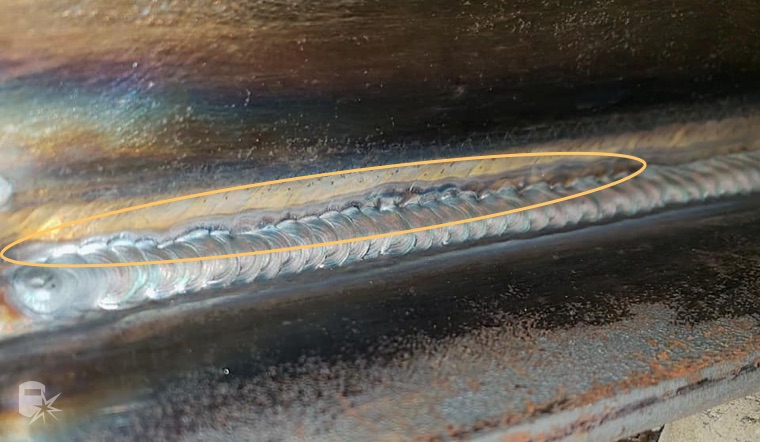Complete Overview to Preventing Weld Undercut: Tips and Techniques
Complete Overview to Preventing Weld Undercut: Tips and Techniques
Blog Article
Grasping the Art of Welding: Just How to Avoid Undercut Welding Issues for Flawless Construction Outcomes
By recognizing the root triggers of undercut welding and executing effective methods to prevent it, welders can raise their craft to brand-new degrees of excellence. In the pursuit of flawless manufacture outcomes, grasping the art of welding to avoid undercut issues is not simply a skill yet a requirement for those aiming for excellence in their job.
Understanding Undercut Welding

To protect against undercut welding, welders ought to make sure proper welding specifications, such as readjusting the existing, voltage, traveling rate, and keeping the appropriate electrode angle. By recognizing the reasons of undercut welding and applying preventive measures, welders can accomplish high-grade, structurally audio welds.
Sources Of Undercut in Welding
Recognizing the factors that add to damage in welding is necessary for welders to produce high-grade, structurally sound welds. Poor welding wrong or current welding speed can likewise add to damage. Understanding these causes and carrying out proper welding techniques can assist stop damaging concerns, guaranteeing solid and sturdy welds.
Techniques to stop Undercutting

To mitigate the threat of damaging in welding, welders can utilize tactical welding techniques intended at improving the high quality and integrity of the weld joints. In addition, making use of the right welding technique for the details joint arrangement, such as weave or stringer beads, can contribute to lowering undercutting.
Additionally, proper joint prep work, including ensuring tidy base materials free of impurities and utilizing the suitable welding consumables, is essential in preventing undercut problems. Using back-step welding techniques and controlling the weld grain account can likewise help disperse heat equally and lessen the risk of undercut. Routine inspection of the weld joint throughout and after welding, as well as carrying out quality control measures, can aid in finding and dealing with undercutting problems without delay. websites By executing these strategies vigilantly, welders can accomplish remarkable fabrication results with very little undercut issues.
Significance of Correct Welding Specifications
Selecting and keeping appropriate welding parameters is important for accomplishing successful welds with marginal defects. Welding criteria describe variables such as voltage, existing, take a trip speed, electrode angle, and securing gas circulation rate that straight affect the welding procedure. These criteria must be thoroughly adjusted based upon the type of product being bonded, its thickness, and the welding strategy utilized.
Proper welding criteria ensure the correct amount you can find out more of heat is related to melt the base steels and filler product consistently. If the criteria are set also high, it can cause excessive warm input, causing spatter, burn-through, or distortion. On the other hand, if the criteria are also low, incomplete blend, absence of infiltration, or undercutting may happen.
Quality Control in Welding Operations

Verdict
Finally, mastering the art of welding requires a detailed understanding of undercut welding, its reasons, and techniques to stop it. By making sure appropriate welding parameters and applying high quality assurance techniques, flawless manufacture results can be accomplished. It is important for welders to continually aim for excellence in their welding procedures to avoid undercut concerns and produce high-grade welds.
Undercut welding, a typical defect in welding procedures, occurs when the weld steel doesn't effectively fill the groove and leaves a groove or clinical depression along the welded joint.To stop undercut welding, welders ought to make certain proper welding criteria, such as adjusting the present, voltage, traveling speed, find this and preserving the correct electrode angle. Insufficient welding existing or incorrect welding speed can likewise add to undercut.To reduce the threat of undercutting in welding, welders can utilize critical welding techniques aimed at boosting the top quality and integrity of the weld joints.In conclusion, understanding the art of welding calls for an extensive understanding of undercut welding, its reasons, and strategies to prevent it.
Report this page